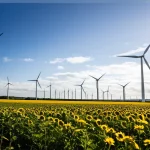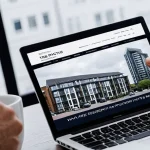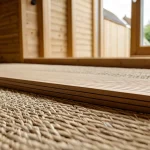Financial Costs and Savings in Sustainable UK Real Estate
Understanding the initial investment in sustainable real estate costs UK is essential. These projects often require higher upfront capital for eco-friendly materials, advanced technologies, and specialized design. However, this investment sets the foundation for significant operational cost savings.
Over time, energy efficiency measures such as improved insulation, solar panels, and smart heating systems dramatically reduce energy consumption. This leads to lower utility bills and maintenance expenses. The operational cost savings in sustainable buildings can outweigh the extra initial investment within a relatively short period, making the projects financially attractive in the long run.
Additional reading : How can one assess the value of UK commercial properties?
A detailed cost-benefit analysis comparing traditional and sustainable buildings highlights this balance. While traditional constructions may demand less upfront, their operational costs tend to be higher due to energy inefficiency and potential retrofitting costs. Sustainable developments, conversely, benefit from reduced lifecycle costs and often qualify for government incentives, which can offset initial expenditures.
Investors and developers in the UK are increasingly recognizing how these financial factors create value. Prioritizing sustainability not only contributes to environmental goals but also supports more predictable and optimized financial performance over the lifetime of a property.
In the same genre : What are the key considerations for foreign investors in the UK real estate market?
Impact of Sustainability on Property Value and Market Demand
Sustainable real estate in the UK increasingly commands property value premiums over conventional buildings. Studies show that eco-friendly developments attract higher buyer demand driven by growing awareness of environmental impact and operational cost savings. Buyers and investors perceive sustainable properties as more desirable, contributing to market trends UK that favor green developments.
Research indicates that properties with sustainability certifications often achieve better rental yields and experience faster sales, improving asset liquidity for owners. This shift reflects a clear preference for energy-efficient homes and offices that reduce long-term expenses and environmental footprint.
Furthermore, sustainable building premiums are supported by evidence showing that these assets retain value better during market fluctuations. The market increasingly rewards developers who integrate sustainable features, aligning with tightening environmental regulations and consumer expectations.
In summary, sustainability in real estate is not just an ethical choice but a strong economic driver. Understanding these dynamics helps stakeholders leverage market advantages while contributing to responsible building practices. This ongoing shift presents opportunities to invest in properties that combine financial performance and environmental stewardship.






